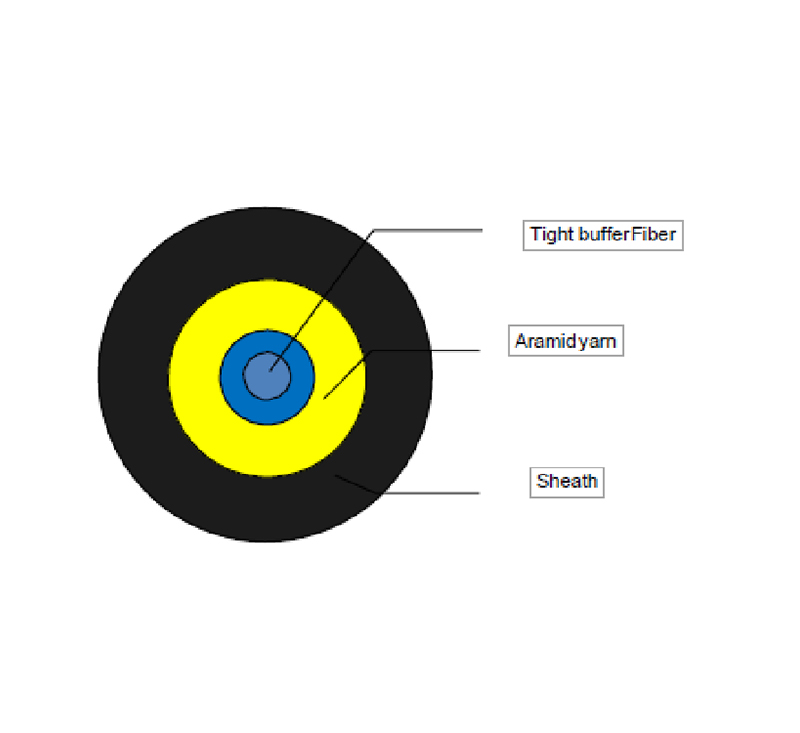1. First, check whether the indicator light of the optical fiber transceiver or optical module and the indicator light of the twisted pair port are on.
1. If the optical port (FX) indicator of the transceiver is not on, please confirm whether the optical fiber link is cross-linked. One end of the fiber jumper is connected in parallel; the other end is connected in cross mode;

2. If the optical port (FX) indicator of the A transceiver is on, and the optical port (FX) indicator of the B transceiver is not on, the fault is on the A transceiver side: one possibility is: A transceiver (TX) optical transmission The port is broken, because the optical port (RX) of the B transceiver cannot receive the optical signal; another possibility is: the optical fiber link of the optical transmission port of the A transceiver (TX) has a problem (the optical cable or the optical jumper may be broken);
3. The twisted pair (TP) indicator light does not light up, please confirm whether the twisted pair connection is wrong or the connection is wrong. Please use a continuity tester to test; (however, the twisted pair indicator of some transceivers will not be on until the optical fiber link is connected, see the IMC optical transceiver debugging manual on the website);
4. Some transceivers have two RJ45 ports: (ToHUB) indicates that the connection line connecting the switch is a straight-through line; (ToNode) indicates that the connection line connecting the switch is a crossover line;
5. There are MPR switches on the side of some transmitters: it means that the connection line connected to the switch is a straight-through line; DTE switch: the connection line connected to the switch is a crossover line.










